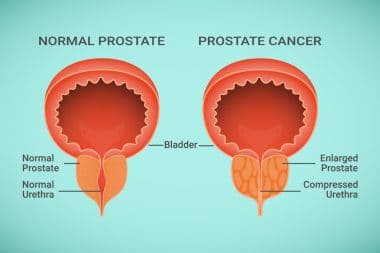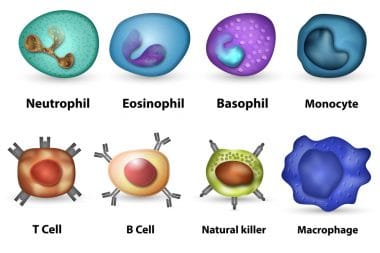Ever find yourself wandering down an aisle full of sunscreen without knowing exactly what the SPF on the bottle means, and which lotion you need to use for proper protection?
Fear not, as these labels are getting a re-vamp thanks to a recent ruling made by the FDA to update them to more accurately reflect what protection the lotion actually provides.
The New Label

Also under the new outline of FDA requirements, sunscreens are no longer allowed to be marketed as completely “sweatproof,” “waterproof,” or “a sunblock.” These are all words that the FDA has called “exaggerations of performance,” and under the new guidelines any company that wishes to market their product with special claims such as these will be forced to go through an approval process via the FDA to gather factual data about the products performance to earn the right to use the terms. Also in an effort to make the label offer more honest information the SPF value that may be displayed on a bottle has been capped at 50+, as the FDA does not feel that there was enough supporting data to validate the higher numbers offering substantially more protection.
What about My Current Sunscreen?

The FDA still backs the current sunscreens in the market as the ingredients contained in FDA-approved bottles have been used for years, and the FDA has zero reason to think that these products are not effective when used correctly. After all: these are products already backed by the FDA, they are not suddenly defective.

As one last important reminder: The FDA is not questioning the quality of sunscreen ingredients. The risk of not using a sunscreen is simply so much greater than the risk of a questionable ingredient that the FDA pleads for the public to use a sunscreen, and use it correctly anytime they plan to be exposed.








Reply